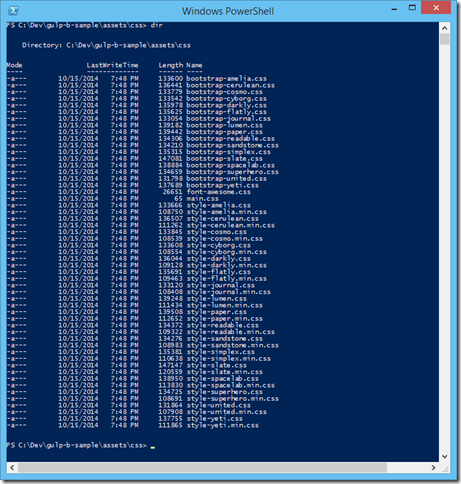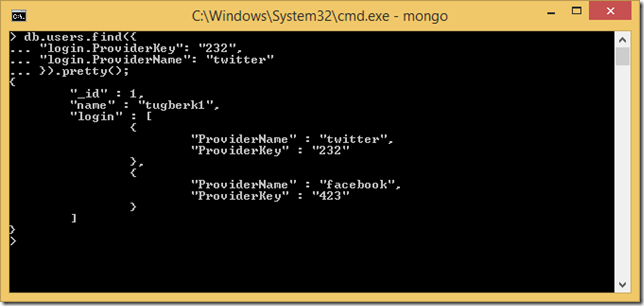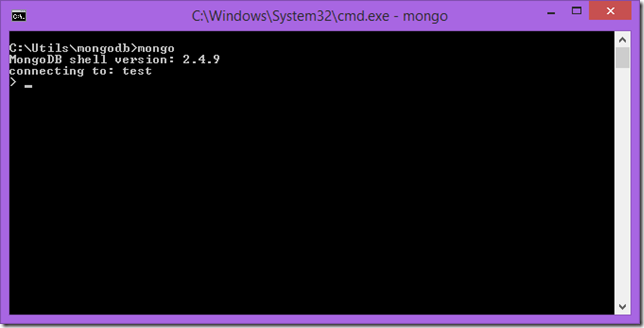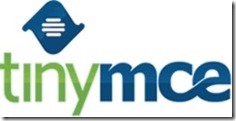JavaScript-Heavy, Maintainable Web Applications by a n00b: 101 - Leveraging Existing Libraries
Related Posts
Nearly every software developer dedicates a part of its time to improve him/herself on a particular area of expertise. Well, I dedicate this part of my life to JavaScript for a while. I have been writing JavaScript for approx. 3 years now but if anybody asks me if I know JavaScript, I tell them that I know JavaScript and I *don’t* know JavaScript at the same time. It’s probably because of the fact that I don’t get to work with it that much. One of the places I struggle most is the idea of maintaining big-ass JavaScript heavy web applications. That idea has been causing me to carry a psychic weight but now, at this very moment, I am committed to throw it away like a piece of garbage! And yes, it starts with a blog post ![]()
A few months ago I talked to a brilliant developer about node.js, the platform built on Chrome's JavaScript runtime (V8) for easily building fast, scalable network applications, and asked his opinion about it. He was uncertain at the time but apparently he had more information about node.js than me. So, I expressed that I didn’t understand the need of JavaScript at the server side because it’s hard to maintain such a huge JS codebase. Then, he slapped me in the face with a follow-up sentence: "Well, the node community thinks that a big application codebase needs to be separated into small modules, components to be more maintainable". That was the nudge I needed to believe that the JavaScript codebase can be maintained.
Not long time later from that moment, I then started watching John Papa’s Single Page Apps with HTML5, Web API, Knockout and jQuery and I learnt lots of mind blowing stuff about JavaScript: new (at least new to me) libraries, well-known JavaScript patterns, which I had been aware of but didn’t know how to apply them most of the time, and many more. This was the start of my commitment to learn JavaScript (I mean really learning, going beyond the for loops and if statements) and I pulled out my JavaScript: The Good Parts book which I have bought in last June, but I thought that the best way to learn this stuff is to blog about it. So, here I am ![]() In this post I am listing a few JavaScript libraries which make a lot of sense to be used in nearly every web applications. I have been working with some of this libraries for a while now and I am going to be working with some of those.
In this post I am listing a few JavaScript libraries which make a lot of sense to be used in nearly every web applications. I have been working with some of this libraries for a while now and I am going to be working with some of those.
JQuery: The JavaScript framework we all know and fell in love at the time that we have noticed it. JQuery is especially helpful for DOM manipulation and Ajax interactions. If you don’t want to install JQuery, don’t worry; you eventually will have to because I am sure that at least of the libraries you are going to use will have a dependency on it.
KnockoutJS: KnockoutJS is one of the best things that can happen to a web developer. Starting to learn KnockoutJS gives you the equivalent feeling which you would feel at the very moment when you find a cup of hot chocolate in a freezing cold day. It enables your to have two way data-binding between your DOM elements and your view model which means when your data model's state changes, your UI updates automatically and vice versa. Check out its well-arranged documents and live tutorials.
Underscore.js: Underscore.js provides a utility suite which covers lots of useful functions. From the its official page: "Underscore provides 80-odd functions that support both the usual functional suspects:map, select, invoke — as well as more specialized helpers: function binding, javascript templating, deep equality testing, and so on. It delegates to built-in functions, if present, so modern browsers will use the native implementations of forEach, map,reduce, filter, every, some and indexOf". Don’t forget to watch this awesome presentation from Elijah Manor on Underscore.js.
RequireJS: I think RequireJS is the essential piece of library which makes it possible to have maintainable, well-designed JavaScript codebase. It’s a modular script loader which enables you to write small pieces of code in separate files and handle their dependencies and load order correctly. RequireJS also has a very nice documentation in its web site; definitely check that out.
Sammy.js: Last library I am considering for my every web application is Sammy.js. It gives us a nice way to handle page navigations without refreshing the page at all by providing a nice routing mechanism. Especially, if you are writing a Single Page Applications (SPA), this is the library that you want inside your suite. Don’t skip to check out its intro sample.
There are for sure other great libraries out there (e.g. Moment.js, AmplifyJS, JQuery UI, Breeze) but these are the ones I am in love at the moment. Go check them out and start exploring ![]()











